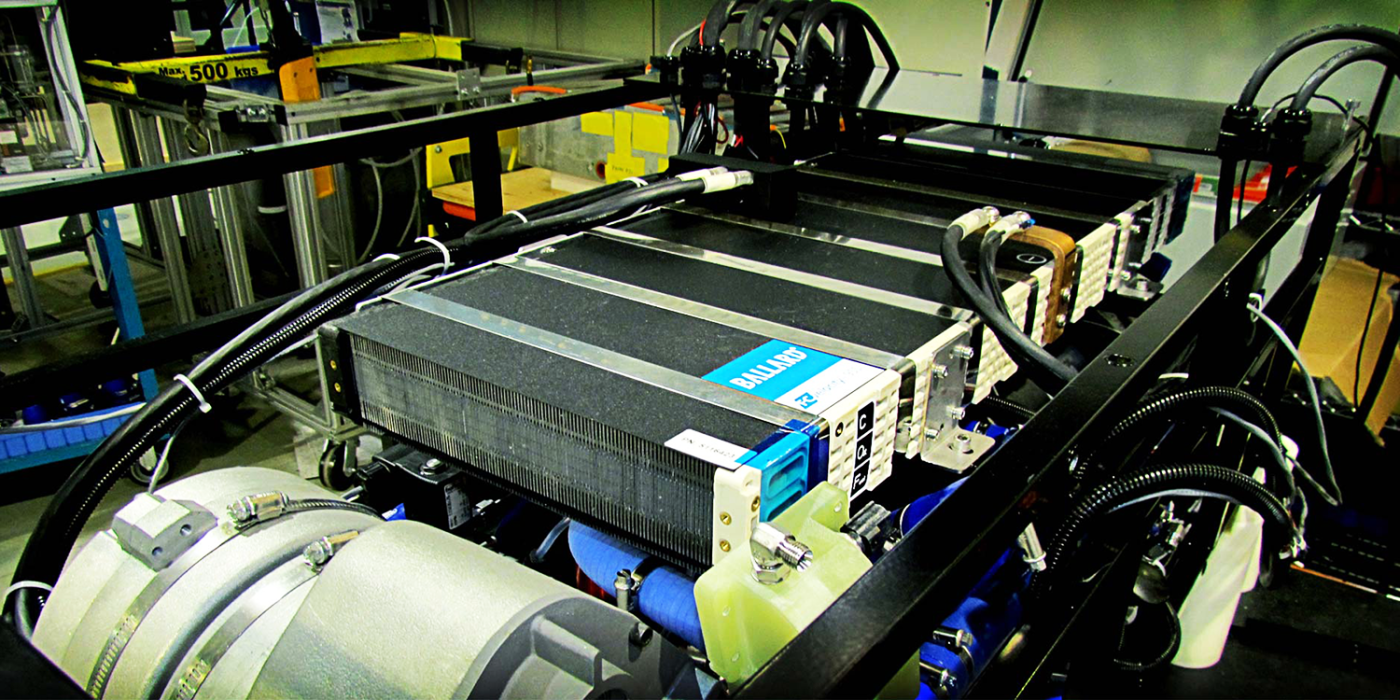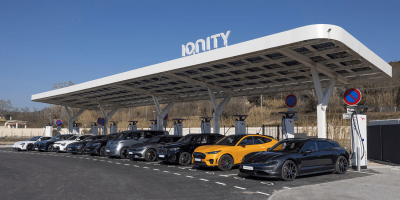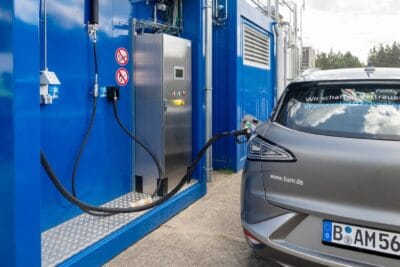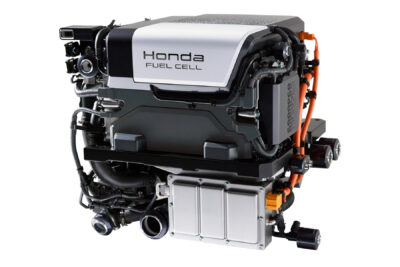Zero Emission Valley: How Auvergne-Rhône-Alpes is leveraging hydrogen mobility
The Zero Emission Valley project is slated to build the largest hydrogen mobility network in Europe as a pilot project for the region. By 2023, the initiative aims to introduce 1,000 FCEVs in the region, as well as deploy a network of 20 fueling stations and electrolysers.
Operating with 100% green energy is not enough, unless a systematic and large-scale change to mobility infrastructure accompanies the change, which is a motto strongly embraced by the organizers behind the Zero Emission Valley Project.
We spoke with the head of the project, Jean-Sebastian Bisch, who explained to us just how interconnected this project aims to be. By fusing both public and private interests in the partnership, the ZEV (Zero Emission Valley) project aims to create a holistic approach and inclusive environment to grow a native hydrogen mobility industry. He also added that the approach is by no means just a singular solution that aims to answer the question of changing mobility habits to do less damage to the environment and provide clean air, as the various electrified vehicle technologies are suited to different needs , and should be approached in a combined manner.
The ZEV project will stay within the fields of fuel cell technology and electrolysers. With 70 million euros in funding, including € 15 million from the Auvergne-Rhône-Alpes Region and € 10.1 million from Europe, the project will finance the establishment of 20 hydrogen fueling stations, fueled by 15 electrolyzers, utilizing entirely green energy, as well as facilitate the transformation of local private and public transport. With the various private and public partners involved, the ZEV is project is the first of it’s kind with a reach this extensive and with this level of variety of partners involved behind the scenes. Technological development and know-how, as well as innovation management, and deployment and maximizing reach is provided by all the partners. Using faster charging times and heavy lifting power of fuel cell vehicles, the ZEV project will showcase how the bigger social mobility functions can be increase the quality of the climate.
Rather than waiting for either the political agenda or the market to decide on the future of mobility in the region, this project is attempting to combine political and industrial motivations for a collaborative transformation effort. The success of the project will be achieved through the involvement of all stakeholders.
Particularly, the reduction of private use of diesel vehicles is a costly issue for consumers, a problem that will be addressed in this project with grant funding up to € 18,000 / vehicle for every 1,000 registered FCEVs.
Through this measure, the organizers estimate they will save about 4.3 million litres of diesel on Auvergne-Rhône-Alpes roads alone. What the pilot project may inspire beyond France’s borders is another question entirely. Maximizing the scope of the subsidies as well as increasing public and private vehicle fleets will help improve the environmental situation, according to the ZEV’s organizers. The role of the public partners will also be important in creating the public awareness necessary to leverage such a large undertaking.
At this year’s Electric Vehicle Symposium 32, which is going to be hosted in Lyon, the organizers will take the opportunity to showcase their project in action. Next to presenting their results thus far, the partners behind the project, including Michelin, ENGIE, La Banque des Territoires et le Crédit Agricole, aim to use the EV symposium to further expand industry partnerships in the technological field, as the involvement of pan-European partnerships from a variety of groups is vital if the continent’s air quality is to be improved.
Awareness and education also play an important role here, as this project is only the first step in the transformation of European transportation and mobility networks to a more sustainable basis.





0 Comments